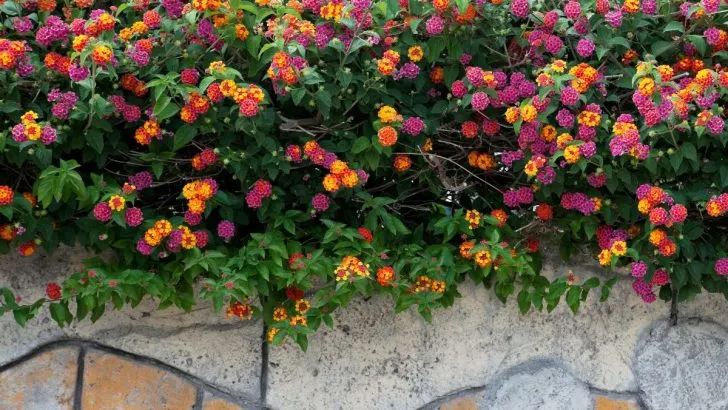Lantanas are the rock stars of the garden world, known for their dazzling colors and ability to draw in pollinators of all sorts.
These plants are like a painter’s palette, with blooms that morph into various shades as they mature, turning each cluster into a vibrant splash of multicolor beauty.
Whether you’re a gardening novice or a seasoned pro, knowing how to propagate these beauties can be a game-changer for your garden.
In the right conditions, Lantanas can thrive in the USDA growing zone 8. They grow swiftly into dense, eye-catching mounds that are perfect for flower beds or the front lines of mixed borders.
Given their modest height, they’re also ideal candidates for pots, making them a delightful choice for patios and porches.
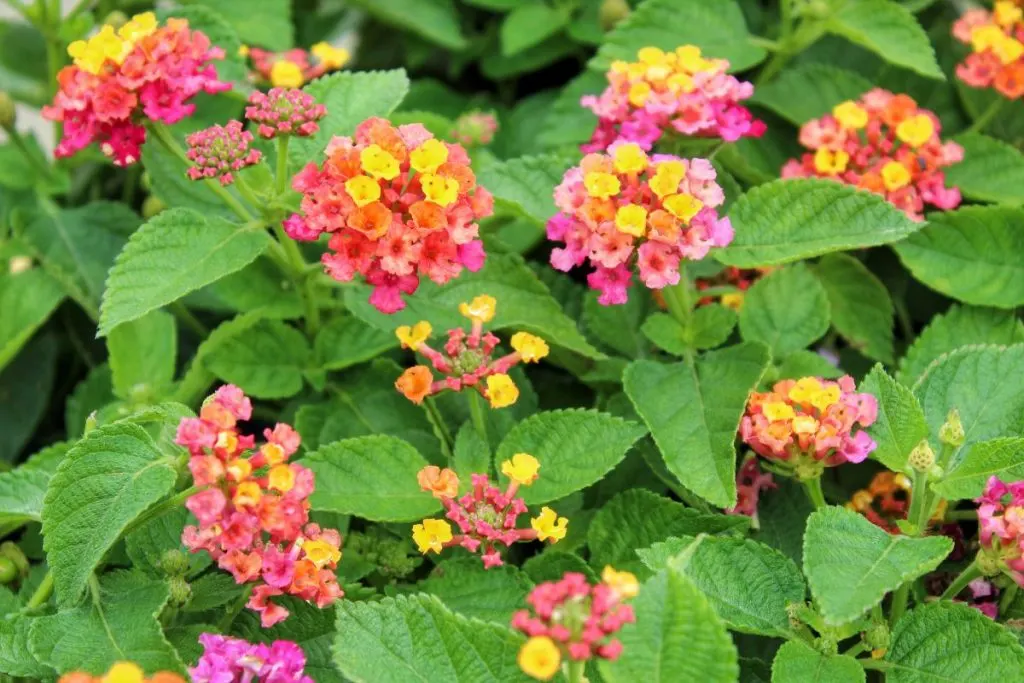
Outside this zone, however, they take on the role of an annual beauty, prompting gardeners to either buy new plants each year or delve into the art of propagation.
You’ve got two main options when it comes to propagating lantanas: propagation from seeds and cuttings. Each method has its quirks and charms, offering different outcomes for the ambitious gardener.
Let’s dive into how you can keep those gardens bursting with color year after year.
Understanding Lantana’s Propagation Methods
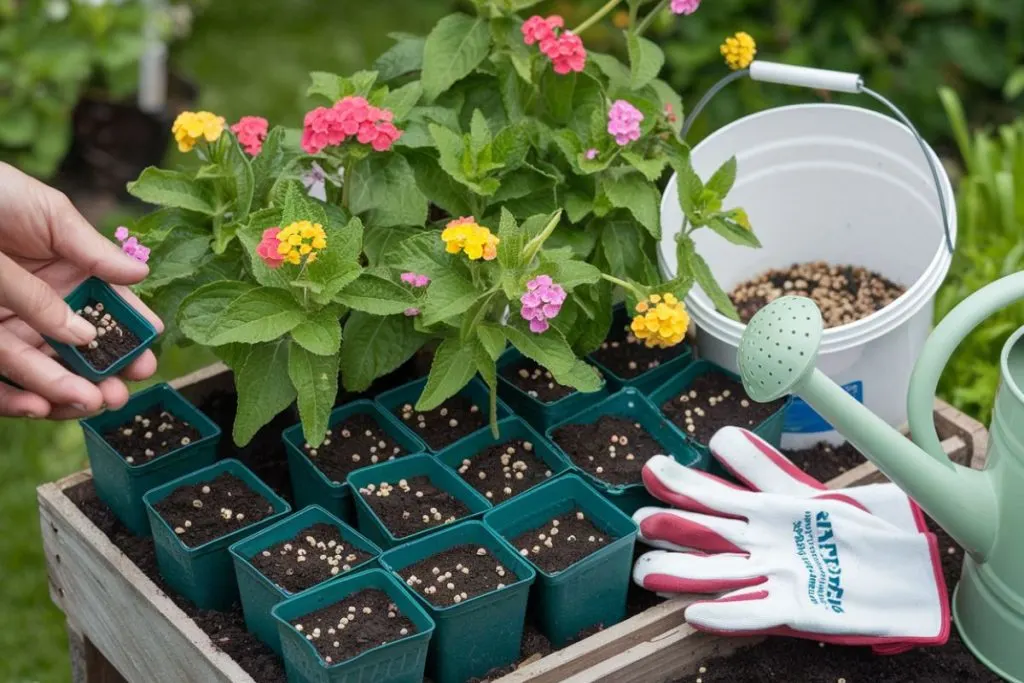
Before diving into the nitty-gritty, it’s worth exploring why one might choose seeds over cuttings or vice versa. While both methods are effective, they cater to different needs and preferences.
The Seed Adventure: A Genetic Gamble
Propagating lantana from seed is a bit like playing genetic roulette. Many lantanas in the garden are hybrids, which means the offspring might not be a carbon copy of the parent.
If you’re the adventurous type who loves surprises, go ahead and collect those small, black berries once they’re ripe.
Clean and dry the seeds for a few days before tucking them away in a sealed container in the refrigerator until you’re ready to plant.

But be aware, seeds from hybrid plants might not sprout into what you expect—they could be sterile or display traits that differ significantly from the parent plant.
Still, seed propagation can be a rewarding experience for those ready to meet the challenge.
Cuttings: The Clone Chronicles
If consistency is your thing, propagating by cuttings is your best bet. This method guarantees an exact replica of the parent lantana, preserving those cherished characteristics.
For those not wanting to part with their favorite variety, taking cuttings in the spring allows new plants to take root and flourish, a thoughtful strategy for overwintering beloved specimens.
How to Grow Lantana from Seed
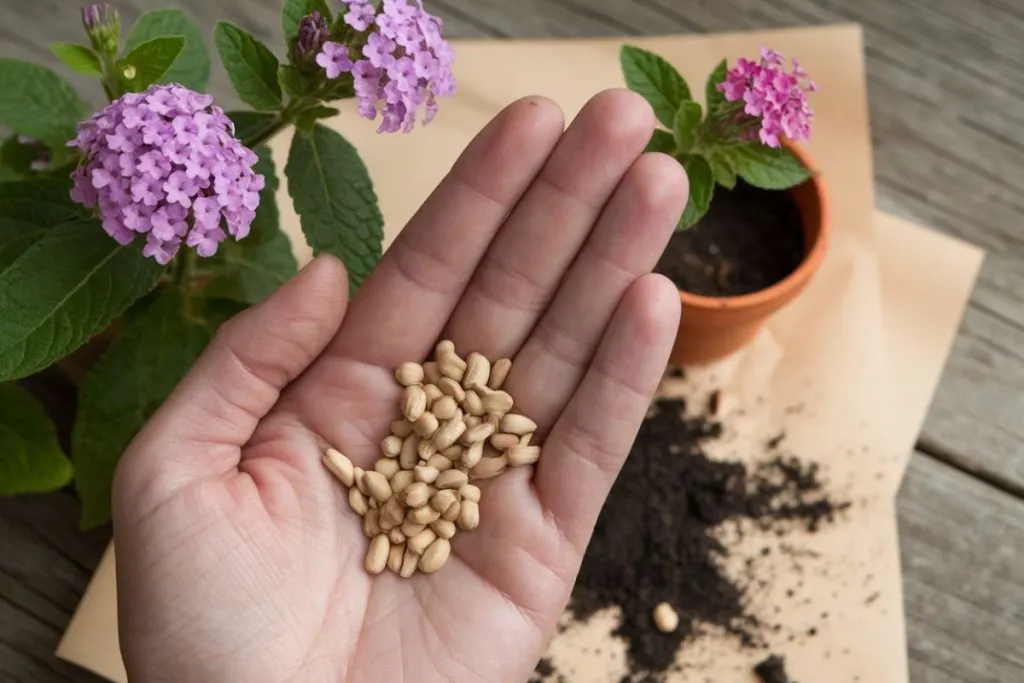
Embarking on the seed journey requires preparation and patience, kind of like baking a cake with a mysterious outcome. Here’s how to get started:
1. Plan Ahead: Begin indoors about 6 to 8 weeks before you’re ready to move them outside.
2. Soak the Seeds: Treat seeds to a warm bath, soaking them for 12-24 hours to soften their protective coats.
3. Potting Time: Fill small pots with a soilless seed starting medium, moisturizing it well. Lay one or two seeds in each pot, covering them with a thin layer of soil.
4. Thin the Herd: If more than one seedling emerges, snip away the weaker with scissors, ensuring the strongest thrives.
5. Maintain the Environment: Keep the soil consistently moist and maintain temperatures between 70 and 75°F (21-24°C). A clear plastic bag can help retain moisture, and a heated mat can provide constant warmth.
6. Patience is Key: Germination might take up to 8 weeks, so hang in there! Avoid direct sunlight until seedlings emerge, then you can remove the bag and welcome the new sprouts.
How to Grow Lantana from Cuttings
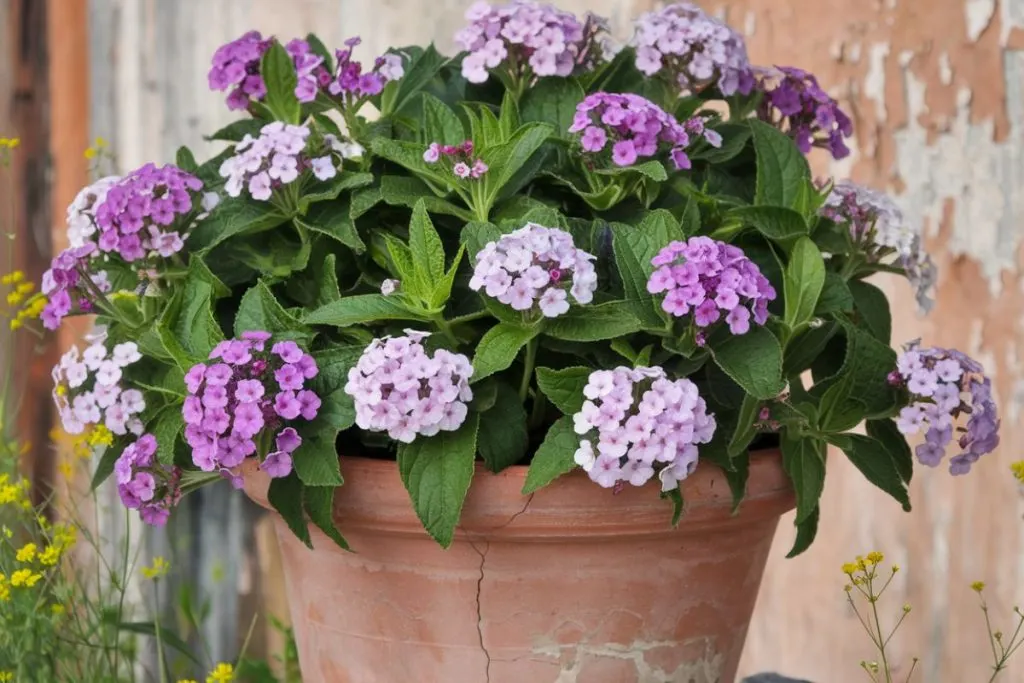
For those who prefer certainty over mystery, let’s explore the reliable route of growing lantana from cuttings.
1. Spring Start: Take 4-inch (10 cm) cuttings from fresh growth in spring.
2. Leaf Pruning: Trim the lower leaves, leaving the top one or two sets intact.
3. Prepare the Pot: Use a seed starting mix or a half-and-half blend of peat moss and perlite. Poke a 2-inch (5 cm) hole in the center for the cutting.
4. Rooting Hormone Magic: Although not essential, coating the lower part of the cutting with rooting hormone can accelerate growth.
5. Set the Scene: Place the cutting in the prepared hole, firming up the mix around its base. Use craft sticks to create a mini greenhouse effect with a plastic bag, ensuring the bag doesn’t touch the cutting.
6. Water with Care: Keep soil moist and monitor for new growth, usually visible in 3-4 weeks. Gently tug on the cutting to check for root resistance.
7. Light Exposure: Once rooted, place the cutting in a sunny window until it’s ready to face the great outdoors.
In conclusion, whether you choose to gamble with seeds or play it safe with cuttings, propagating lantana is a rewarding endeavor that enhances the beauty and diversity of your garden.
With a splash of creativity and a dash of patience, you can enjoy these colorful blooms year after year, transforming your garden into a vibrant paradise.
Happy gardening!

